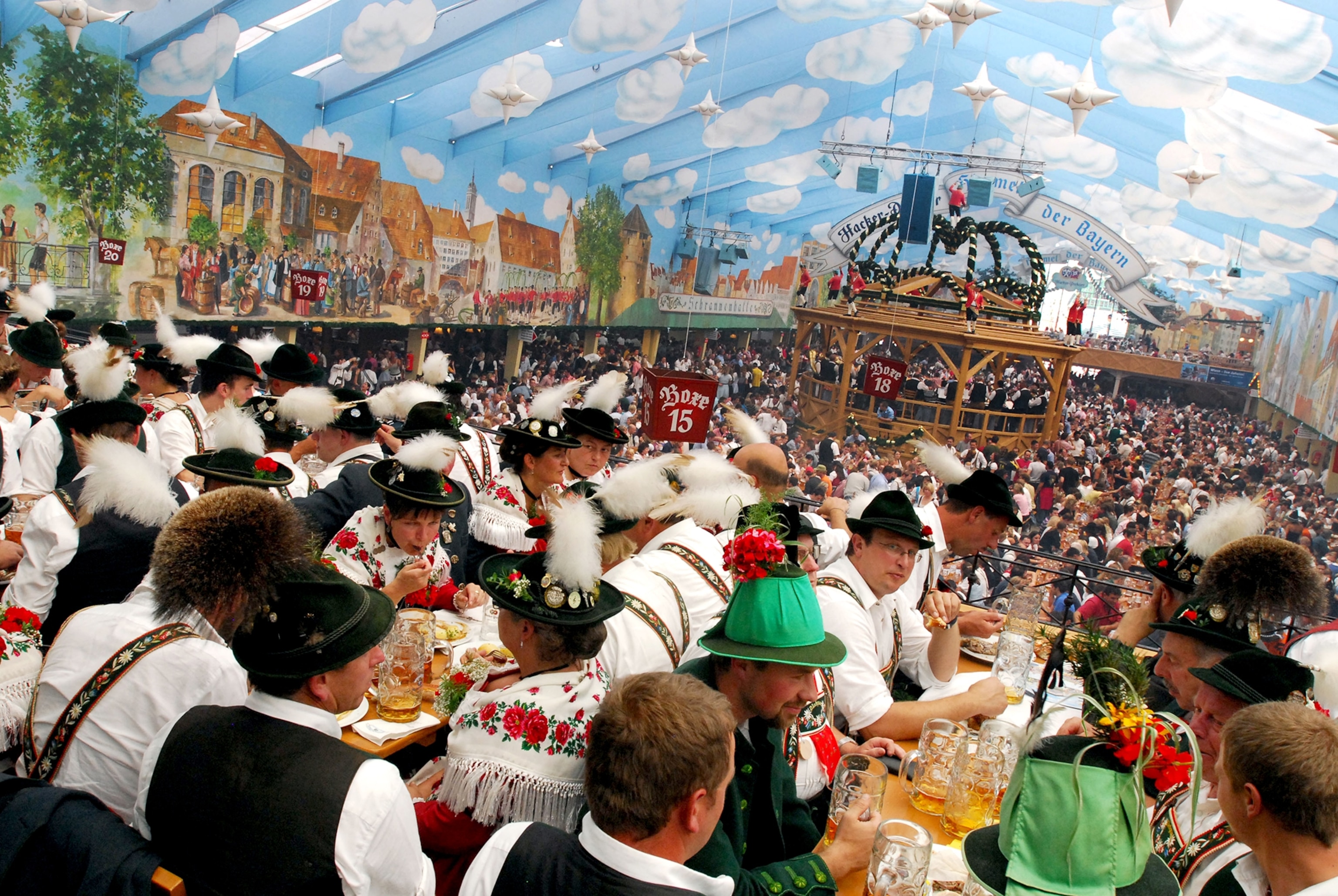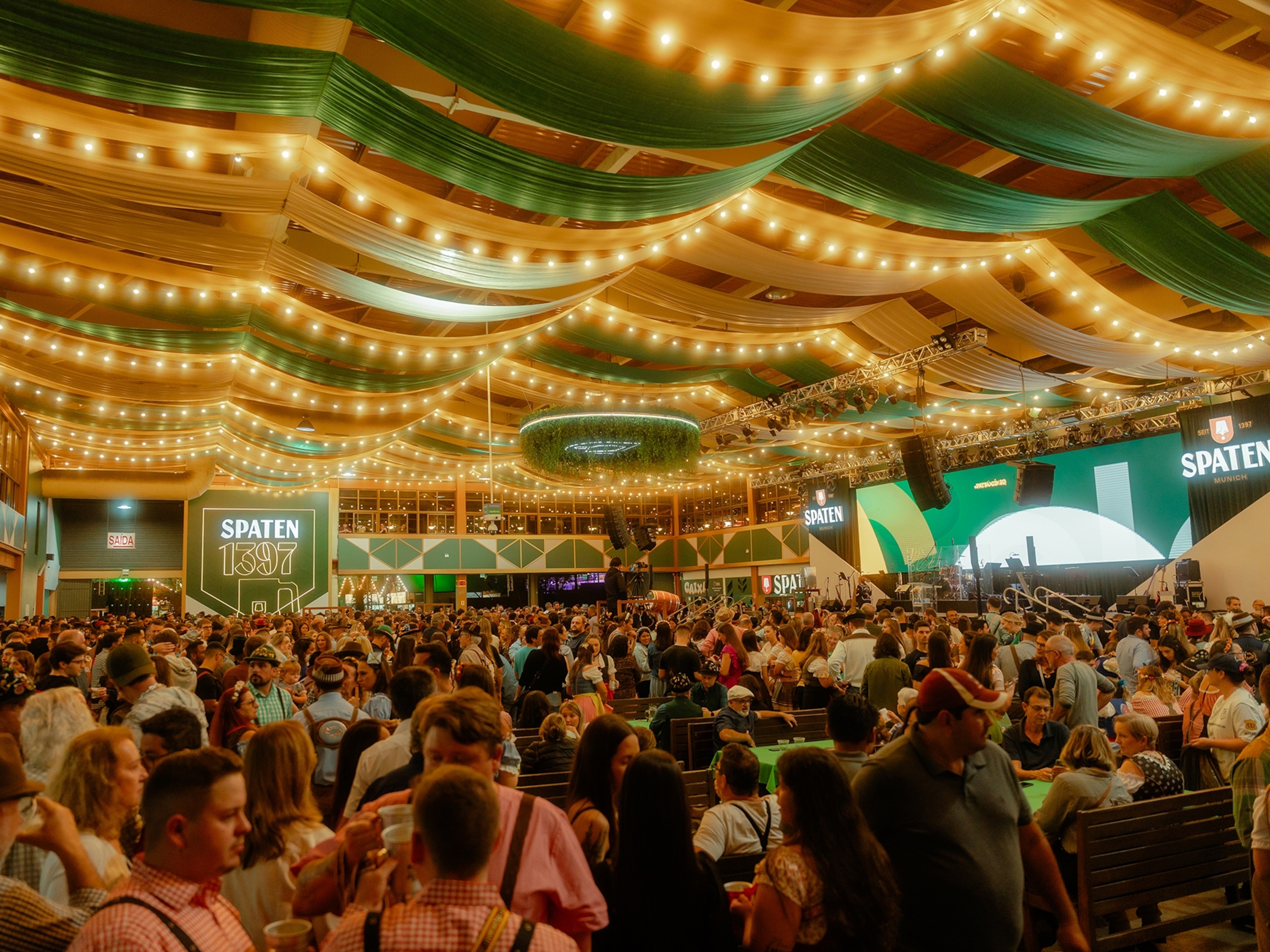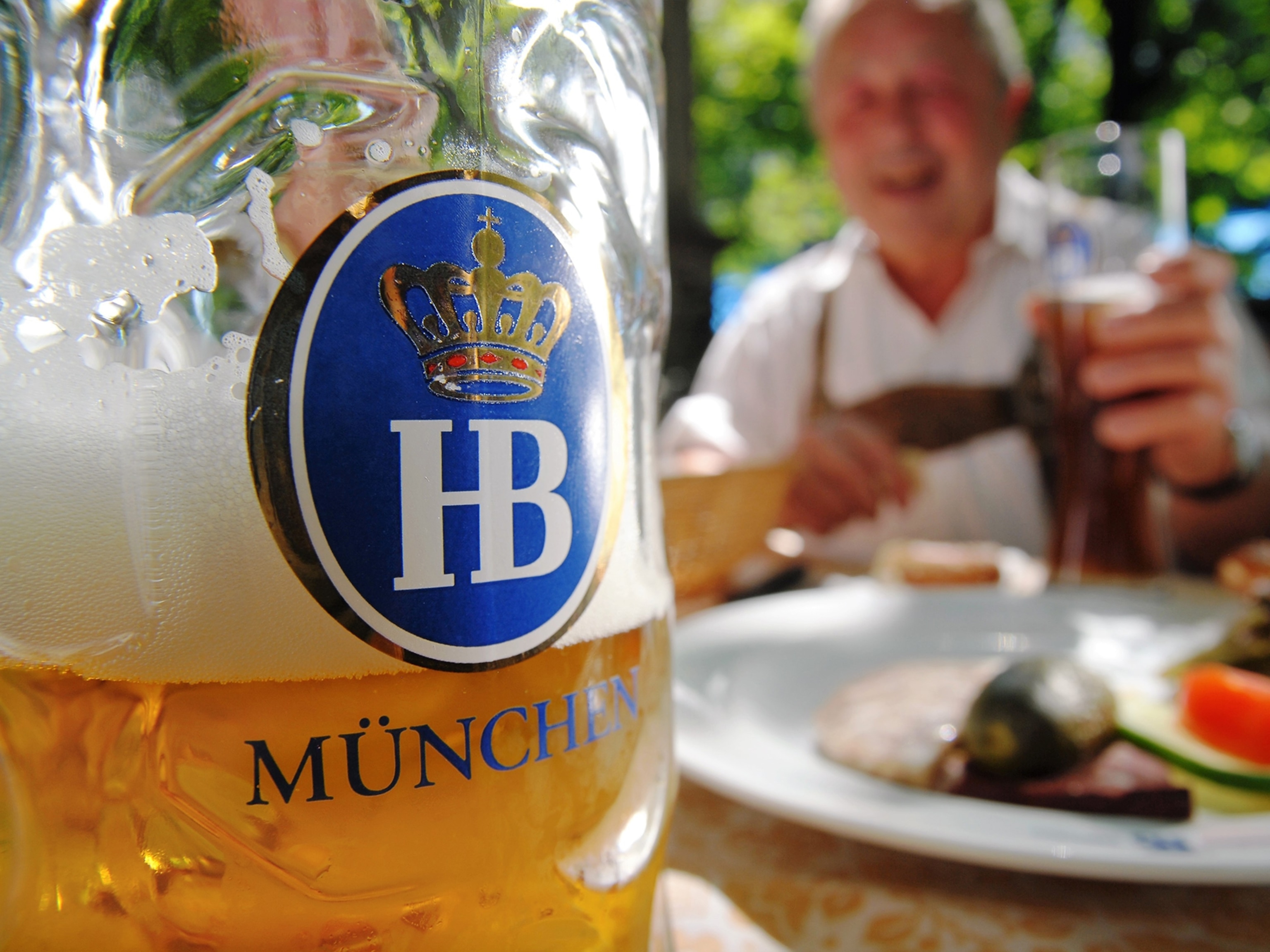
Germany Celebrates a Half Millennium of Beer
This year marks the 500th anniversary of Bavaria's famous beer-purity law, Reinheitsgebot, which made the beverage what we know it as today.
This year marks the 500th anniversary of Germany's venerated beer purity law, Reinheitsgebot. By restricting the ingredients brewers could use, this fateful fiat essentially defined beer as the beverage we know it as today.
Issued by the Duke of Bavaria in the town of Ingolstadt in the spring of 1516, the law prohibited beer makers from using anything but hops, barley, and water in their brews. (The role of beer’s fourth key ingredient, yeast, wasn’t fully understood until Louis Pasteur came along.)
While half a millennium may seem like a long time, Dr. Patrick E. McGovern, an ancient alcohol expert at the University of Pennsylvania Museum, stresses that the Reinheitsgebot "defined what beer is at a relatively recent date."
Recent is right when you're talking about the history of what might be the oldest alcoholic beverage in the world.
For millennia—starting well before the Common Era—brewers used everything from pine resin to an herbal mixture known as gruit to flavor and preserve beer, which could be made from just about any fermentable grain. Evidence shows honey and fruits were often incorporated into early recipes to add sweetness—and to mask the taste of suds gone bad.
According to Max Nelson, a historian at University of Windsor in Canada, it's the cloistered set (friars and nuns) that deserve credit for catching on to the magic of the hop flower first—in the ninth century A.D. It didn't take long for word of hops' superiority as a preserving agent to get around. “That drove out other mixtures,” he says, “[so] the Reinheitsgebot really codified something already in place.”
Though it's often cited as the oldest food-quality regulation in the world, the law may have had other motivations—like protecting Bavarian brewers from international competition and preventing peasants from turning valuable wheat into liquid bread.
As recently as the early 1990s, when the Reinheitsgebot was formally repealed, foreign beers that didn’t conform to the law were shut out. But even in an era of liberalized regulations, this is not a country that looks outside its borders for beer (imports account for less than 10 percent of the current market).
- National Geographic Expeditions
Despite a loosening of brewing standards, Germany still clings to the Reinheitsgebot as a point of national pride. “The 1516 law’s legacy is German beer’s worldwide reputation for quality,” says German Brewers’ Federation spokesman Marc-Oliver Huhnholz.
Huhnholz is also quick to point out that five centuries of restrictions haven't made German beer boring. There are more than 200 varieties of hops and as many strains of yeast, all of which the nation's 1,300-plus breweries—half of them microbreweries—combine in different ways to create thousands of distinctive brews.
And there’s no denying the Reinheitsgebot has had a global impact thanks to German immigrants who brought their beer culture with them. From Brazil’s Brahma to Chinese Tsingtao, the flavor of beer around the world was defined by Wilhelm’s 16th-century decree.





